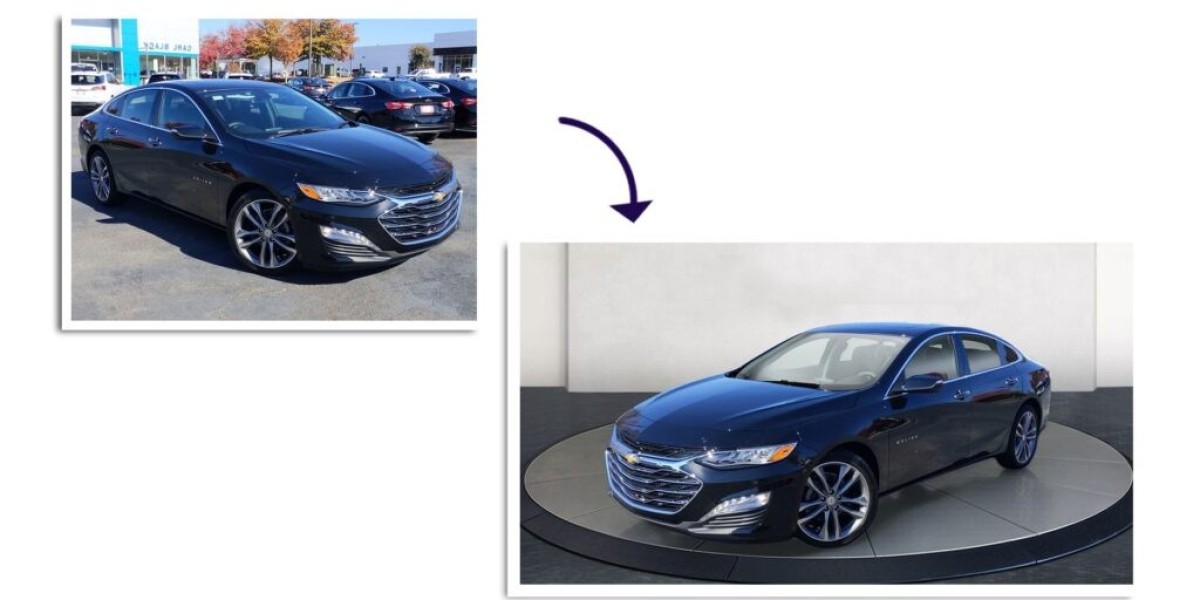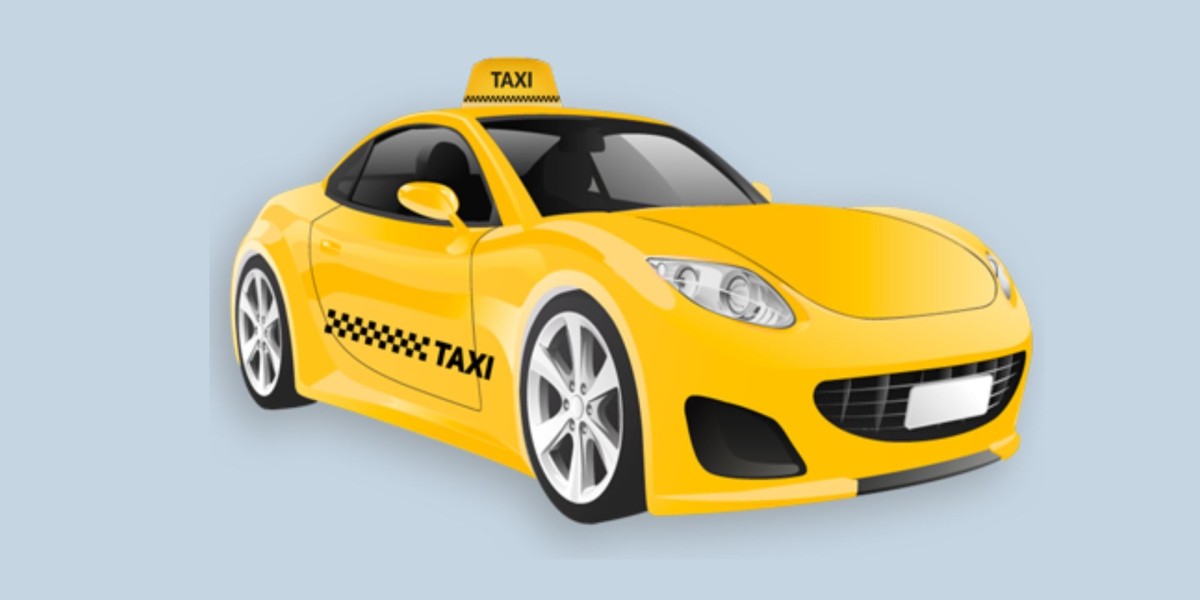Enhanced car photos play a vital role in the car dealer business. They edit car photos to present more attractively. In this context, we talked about the best way to edit car photos.
Let’s jump into the deep:
Best Way to Edit Car Photos
Editing car photos can be a fun and creative process. The best way to edit car photos will depend on your personal style and the specific look you want to achieve, but here's a general guide to get you started. We'll focus on using Adobe Lightroom, one of the best car photo editing app, but you can adapt these principles to other photo editing tools as well.
Import Your Photos:
Open Adobe Lightroom and import the car photos you want to edit.
Organize Your Photos:
Create a collection or folder to keep your car photos organized.
Basic Adjustments:
Start with basic adjustments like exposure, contrast, highlights, shadows, whites, and blacks to balance the overall exposure and contrast of the photo.
Crop and Straighten:
Use the crop tool to frame your car within the image and straighten the horizon if needed.
Color Adjustments:
Adjust the color temperature and tint to get the desired white balance.
Work on the saturation and vibrance to make the car's colors pop.
Experiment with the HSL (Hue, Saturation, and Luminance) panel to fine-tune specific colors.
Tone Curve:
Use the tone curve to make precise adjustments to the tonal range and contrast of your photo.
Detail and Sharpening:
Apply sharpening and noise reduction to enhance the details in the car while reducing noise.
Lens Corrections:
Enable lens corrections to fix any distortion or vignetting caused by the camera lens.
Effects:
Add vignette or grain for creative effects if desired.
Graduated and Radial Filters:
Use graduated filters for selective adjustments to the sky, ground, or background.
Apply radial filters to draw attention to the car or specific areas.
Brushes:
Use adjustment brushes for precise editing on specific parts of the car, such as highlighting reflections or enhancing the body.
Filters and Presets:
Apply filters or presets if you want to achieve a specific style or look for your car photo. Many presets are available online, or you can create your own.
Export Your Photo:
Once you're satisfied with the edit, export the photo in your desired format and resolution.
Backup Your Originals:
It's a good practice to keep your original photos in case you want to make further edits or compare the before and after results.
Practice and Experiment:
Editing car photos, like any other form of photography, is a skill that improves with practice. Experiment with different settings and techniques to develop your own unique style.
You should remember that the best way to edit car photos is subjective and can vary depending on your creative vision. Don't be afraid to try new things and develop your own editing style over time.
Importance of Car Photo Editing
Car photo editing service plays a significant role in various aspects of the automotive industry and can have a substantial impact on marketing, sales, and overall presentation. Here are some of the key reasons why car photo editing is important:
Enhanced Visual Appeal:
High-quality, well-edited car photos capture the attention of potential buyers and create a positive first impression. A visually appealing image can significantly increase the chances of drawing potential customers to the vehicle.
Highlighting Key Features:
Car photo editing allows you to emphasize the vehicle's key features and selling points. You can enhance details like the car's exterior, interior, wheels, and other components to showcase its design and functionality.
Consistency:
Editing ensures that all the images of cars in a catalog or on a website maintain a consistent look and feel. This consistency helps in brand identity and makes it easier for customers to compare and evaluate different vehicles.
Correcting Imperfections:
Car photo editing can be used to fix imperfections or flaws in the images, such as scratches, blemishes, or minor dents, which can detract from the car's appeal.
Background Enhancement:
By changing or improving the background, you can make the car stand out more effectively. This can help reduce distractions and make the car the focal point of the image.
Color Correction:
Car photo editing allows for precise color correction, ensuring that the car's colors are accurate and consistent across all images, regardless of lighting conditions during the photoshoot.
Professional Presentation:
Professionally edited car photos give the impression of a high-quality and trustworthy dealership or brand. It shows attention to detail and a commitment to presenting vehicles in the best possible light.
Marketing Material:
Edited car photos are used in various marketing materials, including brochures, websites, social media, and advertisements. They play a critical role in attracting potential customers and generating interest in the cars.
Online Sales:
In the era of e-commerce, where many people shop for cars online, high-quality and appealing photos are essential. Customers often make decisions based on what they see in the images before visiting a dealership.
Cost-Efficiency:
Instead of reshooting vehicles, which can be expensive and time-consuming, car photo editing allows for the improvement of existing images, saving time and resources.
Customization:
Car photo editing allows dealerships and car manufacturers to customize images to meet their specific marketing needs and target audiences.
Competitive Advantage:
In a highly competitive market, well-edited car photos can set a dealership or brand apart from competitors and help them gain an edge in the market.
End Words
Finally, car photo editing is crucial for creating compelling and marketable images that attract potential buyers and make a strong impression. It is a valuable tool for enhancing the presentation of vehicles, improving brand image, and ultimately driving sales in the automotive industry.








